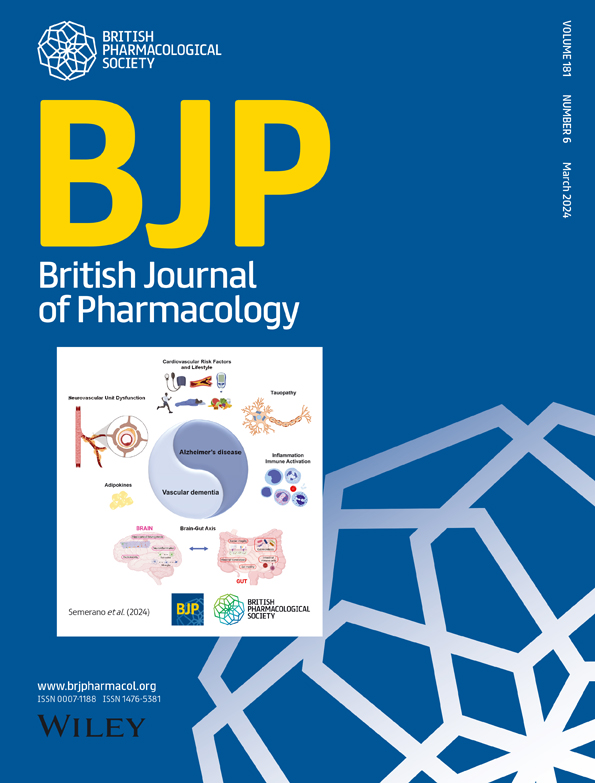NaHS alters synaptic plasticity proteins and enhances dendritic arborization to improve cognitive and motor deficits after traumatic brain injury in mice
Abstract
Background and Purpose
Traumatic brain injury (TBI) is a complex medical condition affecting people globally. Hydrogen sulfide (H2S) is a recently discovered gaseous mediator and is dysregulated in the brain after TBI. Sodium hydrogen sulfide (NaHS), a known donor of H2S, is beneficial in various biological processes involving aging and diseases, including injury. It is neuroprotective against oxidative stress, neuroinflammation, and other secondary injury processes. However, the NaHS-H2S system has not been investigated as a regulator of injury-mediated synaptic plasticity proteins and the underlying mechanisms after TBI.
Experimental approach
We developed a model of TBI in Swiss albino mice to study the effects of exogenous H2S, administered as NaHS. We assessed cognitive function (Barnes maze and novel object recognition) and motor function (rotarod). Brain tissue was analysed with ELISA, qRT-PCR, immunoblotting, Golgi-cox staining, and immunofluorescence.
Key results
NaHS administration restored the injury-caused decline in H2S levels. Injury-mediated oxidative stress parameters were improved following NaHS. It down-regulated TBI biomarkers, ameliorated the synaptic marker proteins, and improved cognitive and motor deficits. These changes were accompanied by enhanced dendritic arborization and spine number. Restoration of N-methyl D-aspartate receptor subunits and diminished glutamate and calcium levels, along with marked changes in microtubule-associated protein 2 A and calcium/calmodulin-dependent protein kinase II, formed the basis of the underlying mechanism(s).
Conclusion and Implications
Our findings suggest that NaHS could have therapeutic activity against TBI, as it ameliorated cognitive and motor deficits caused by changes in synaptic plasticity proteins and dendritic arborisation, in our model.


 求助内容:
求助内容: 应助结果提醒方式:
应助结果提醒方式:


